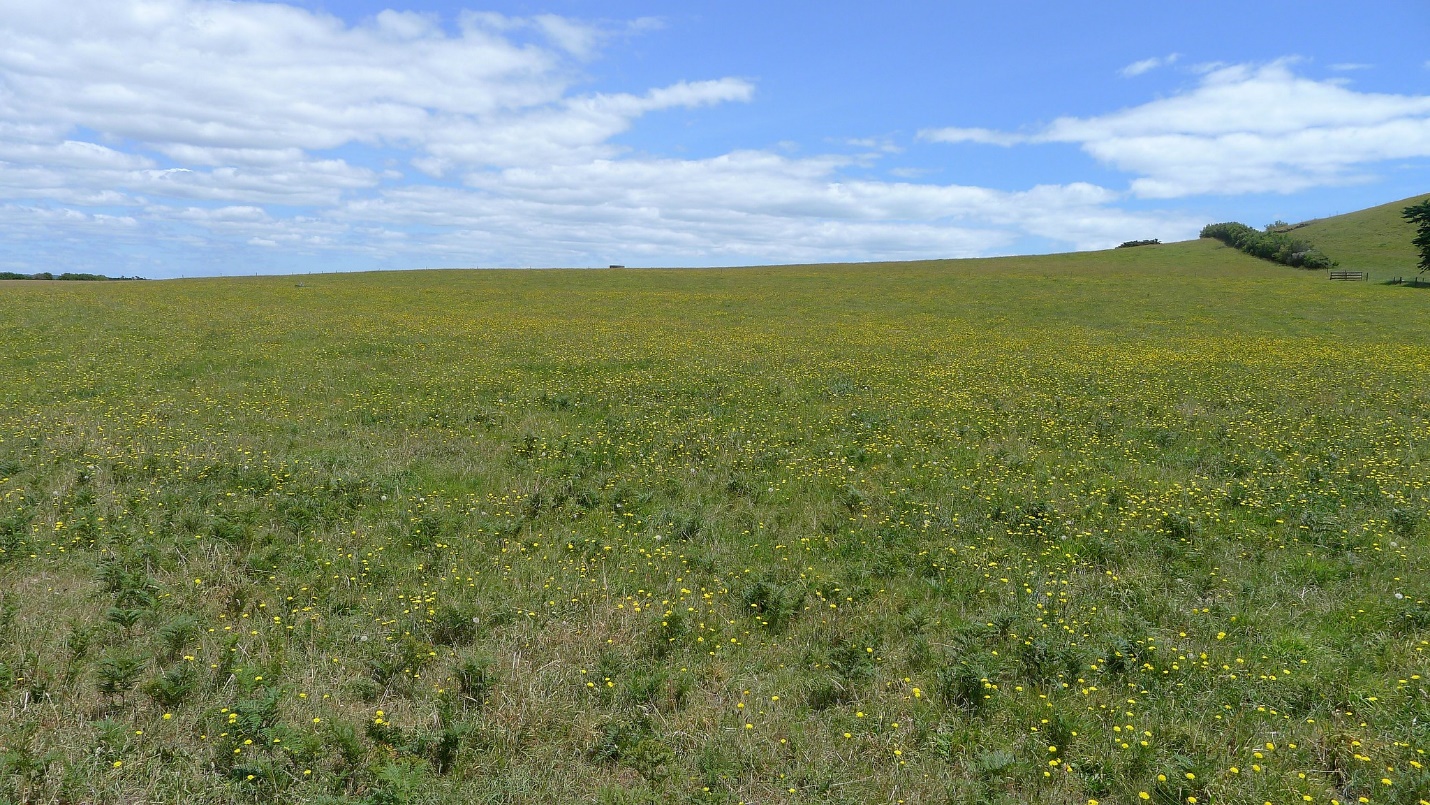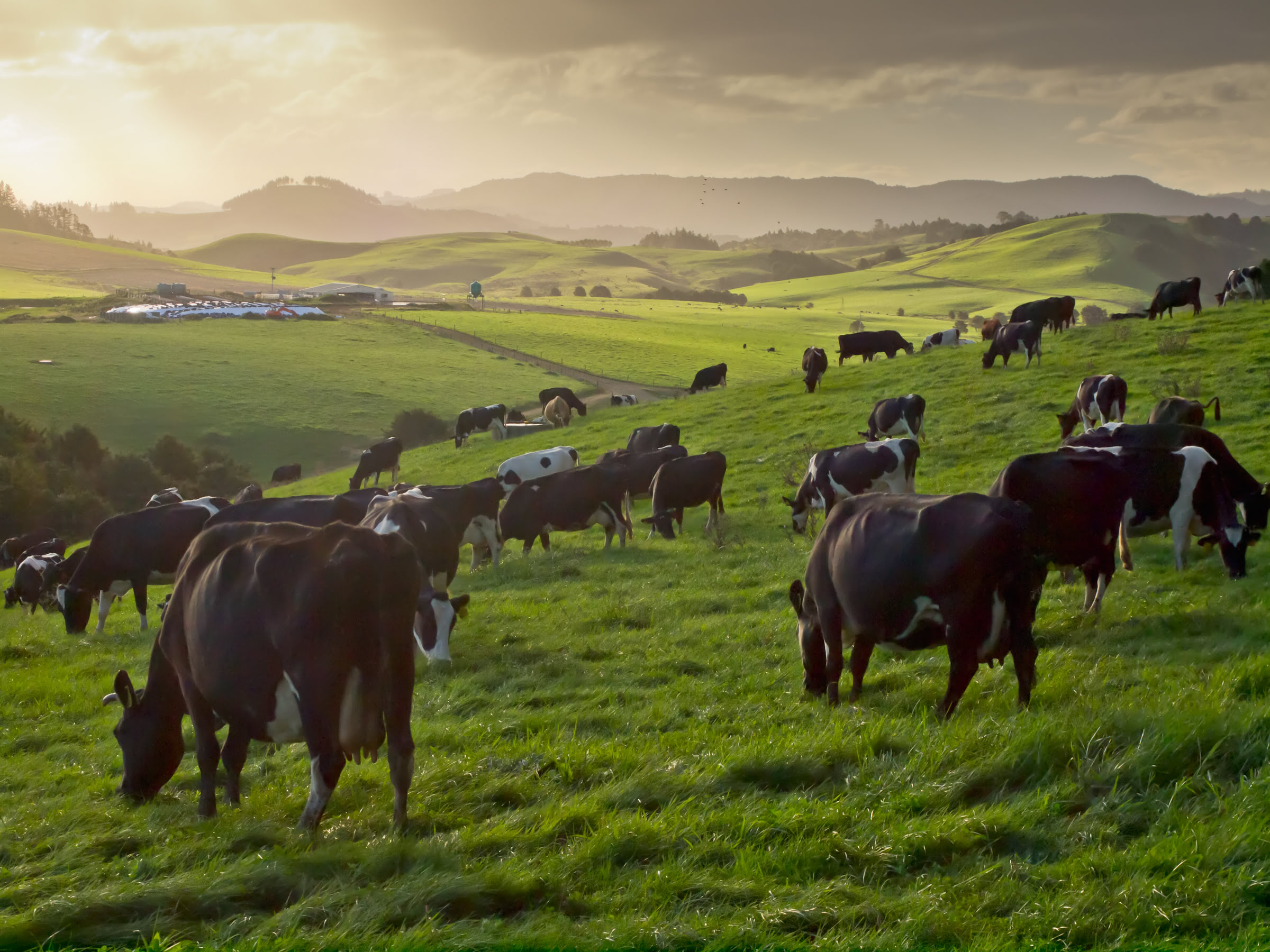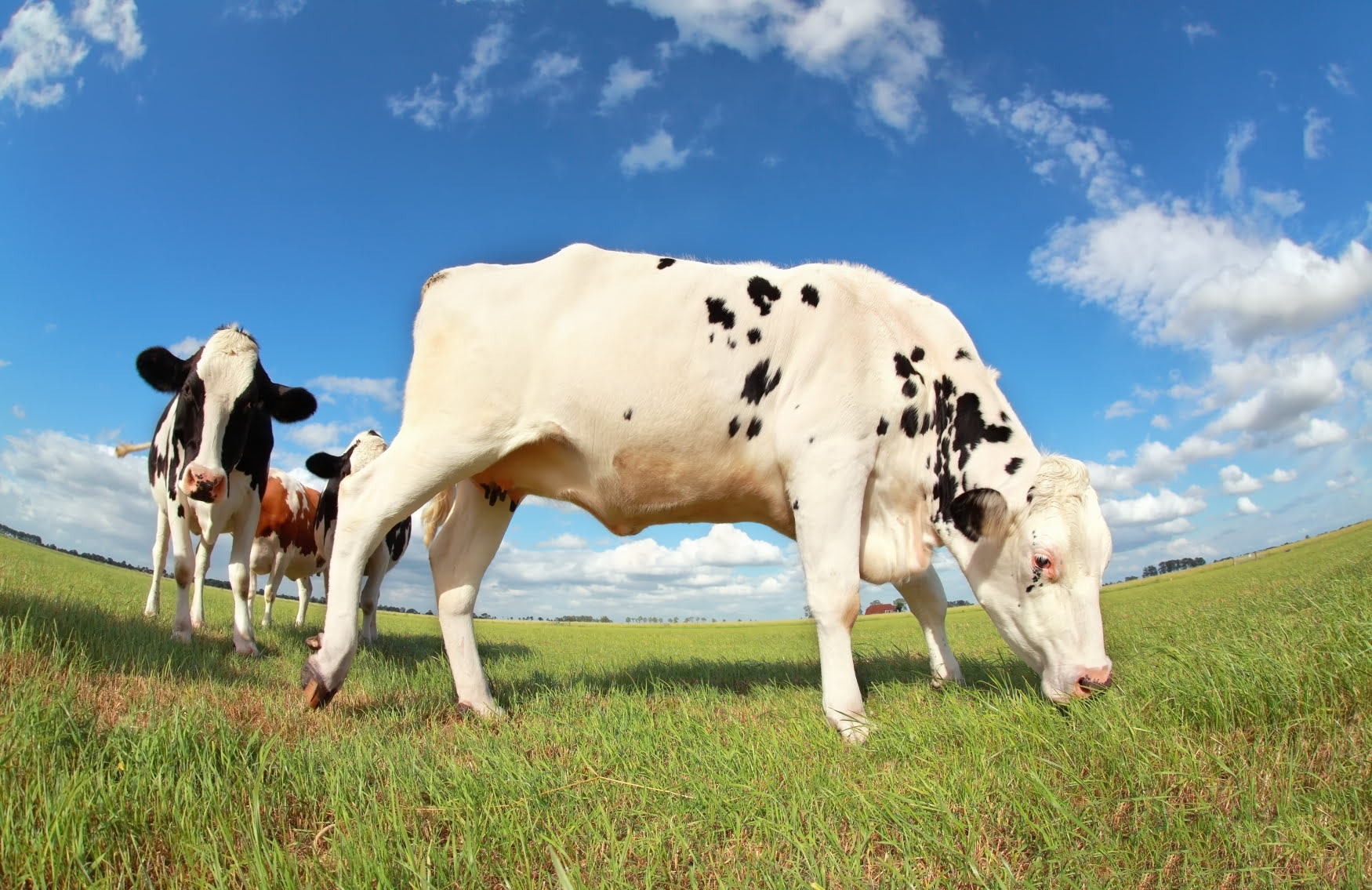ou know that you have a very effective tool at your disposal when it comes to managing weeds which are – your cows’ hooves!
And when grazing treatments are combined with other control techniques like herbicides or biocontrol, it forms a powerful and potent cocktail that can reduce severe infestations and eliminate small infestations.
In this article, we’re going to talk about the best and most effective grazing strategies that will help you overcome your weed problem.
But first, weeds
Weeds produce allelopathic substances that are very toxic to plants. To plan an effective weed management program, it is important to identify weeds and understand how weed biology and ecology affects where weeds are present.

General rules:
- Assess weed competition ability, invasiveness, nutritional value and potential ways of controlling
- Weeds that emerge along with the crop in spring are usually more destructive
- After the seedling establishment phase, control problem weeds for the first 60 days
- Weeds that emerge after the 60 days post establishment has passed, will not influence that year’s yield of forage
- But late-emerging weeds could affect the quality of forage
- Winter-annual weed competition is extremely damaging to early-season forage yield. This is something to watch out for in early spring
- Broadleaf weeds – either biennial or perennial, are more competitive than grassy weeds
But, in this article, we’re going to focus on grazing as a method to fight weeds.
It cmay not be the only method use, but it is a powerful add-on to other methods that may already be in use.
Grazing period:
Animals must be let onto an infested area at a time when they will be most likely to vanquish the invasive species, without causing any harm to the desirable native species. This is why grazing during seed or flower production period is especially useful.
However, some weeds like cheatgrass are palatable only during a part of the growing season. Cheatgrass is considered a tasty snack for cows only in spring before the seed heads develop. Once it sets seed, cattle avoid it like the plague because it has stiff awns that can end up puncturing the mouth and throat tissue of the cows. Ouch.
During Autumn:
High grazing pressure in autumn will help remove smaller weeds. And shorter periods of heavy grazing will minimise the damage caused to species that aren’t weeds.
During Spring:
High grazing pressure in spring will reduce the production of weed seeds but unfortunately, it will also reduce the production of desirable seeds.
For grazing animals to actually be useful in controlling weeds, they must be fenced into or off an area to manipulate grazing pressure.
The knack to concentrate animals correctly on the weed infestations at certain stages of its growth, and the ability to keep them off pasture and weeds at certain other times is one of the most tricks to weed control.
Initially, grazing will result in an upward spike in stem density and root buds but repeated grazing will lead to reduced stem densities in the long run.
Grazing pressure:
High grazing pressure is the key to weed control. Lesser grazing pressure (especially in spring when the seed heads of grasses are less tasty than legumes) will not help control the weeds.

But there’s a downside to this though. High grazing pressure will increase the number of broadleaf weeds like capeweed and erodium.
However, cows tend to avoid these leaves because of their flat shape which makes them harder to graze. You could use an herbicide to curl the leaves so that your livestock can access them better. Grazing pressure should also be high so that stock eats the leaves.
Spray-grazing = Better weed control
Grazing animals are especially useful for weed control in areas where herbicides cannot be used. But if they can, then spray-grazing (after the seal of approval from a trusted and informed source) can help rid your pastures of weeds.
Spray-grazing, which means the use of selective herbicides to increase the tasty factor of broadleaf weeds is usually done in autumn or early winter. Like we mentioned earlier, phenoxy-based herbicides cause the flat weeds to curl up which makes it much easier for livestock to access them.

High stocking rates of up to 4 times the normal rate are needed for spray grazing to work well. If you have weeds that haven’t yet been quashed by all the spraying activity, they will tend to recover in about 2-3 weeks and then exhibit growth as usual, if they are not heavily grazed after spraying.
Overall, grazing should be monitored very closely and the animals must be removed when the proper amount of control has been achieved and before the native species are impacted.
Fencing:
The key to a successful grazing plan is tracking the movements of the herd. Most often, temporary fencing does not limit the movement of cows and barbed wire fencing is required to contain these animals to a certain space.
Seed dispersal:
There are some extremely tenacious seeds, for instance, leafy spurge, known as Euphorbia esula and spotted knapweed (Centaurea Maculosa) that can pass through the digestive tracts of animals and remain viable! When you remove your animals from an infested area, do not transport them to areas that are without weeds immediately.
Instead, quarantine them for about 5-9 days until all the seeds have passed through their digestive systems.
Also, another way for weed seeds to be transported to new areas is through animal hair. So, make sure you take necessary precautions when moving animals from infested zones.
Uncontrolled grazing:
When grazing is not controlled, certain actions like wallowing or disturbing the soil can cause a lot of damage to the system and promote the spread and survival of invasive weeds.
Overgrazing of desirable species can reduce the chunk of the cover of native plants, disturb the soil and weaken native communities. It can also allow exotic seeds to invade the soils.
Another important point to remember is that animals that are moved from one pasture to another end up spreading invasive plant seeds.
An analysis of your weed and desirable native plants will give a clearer picture of how often and how long they should graze. It’s important to approach your weed management program with a well-sketched out grazing plan, and this plan must tick all the checkboxes.
We hope you found this useful. Check out our other articles on pasture grazing management.
Until we meet again, happy farming.
- The Dedicated Team of Pasture.io, 2021-02-01